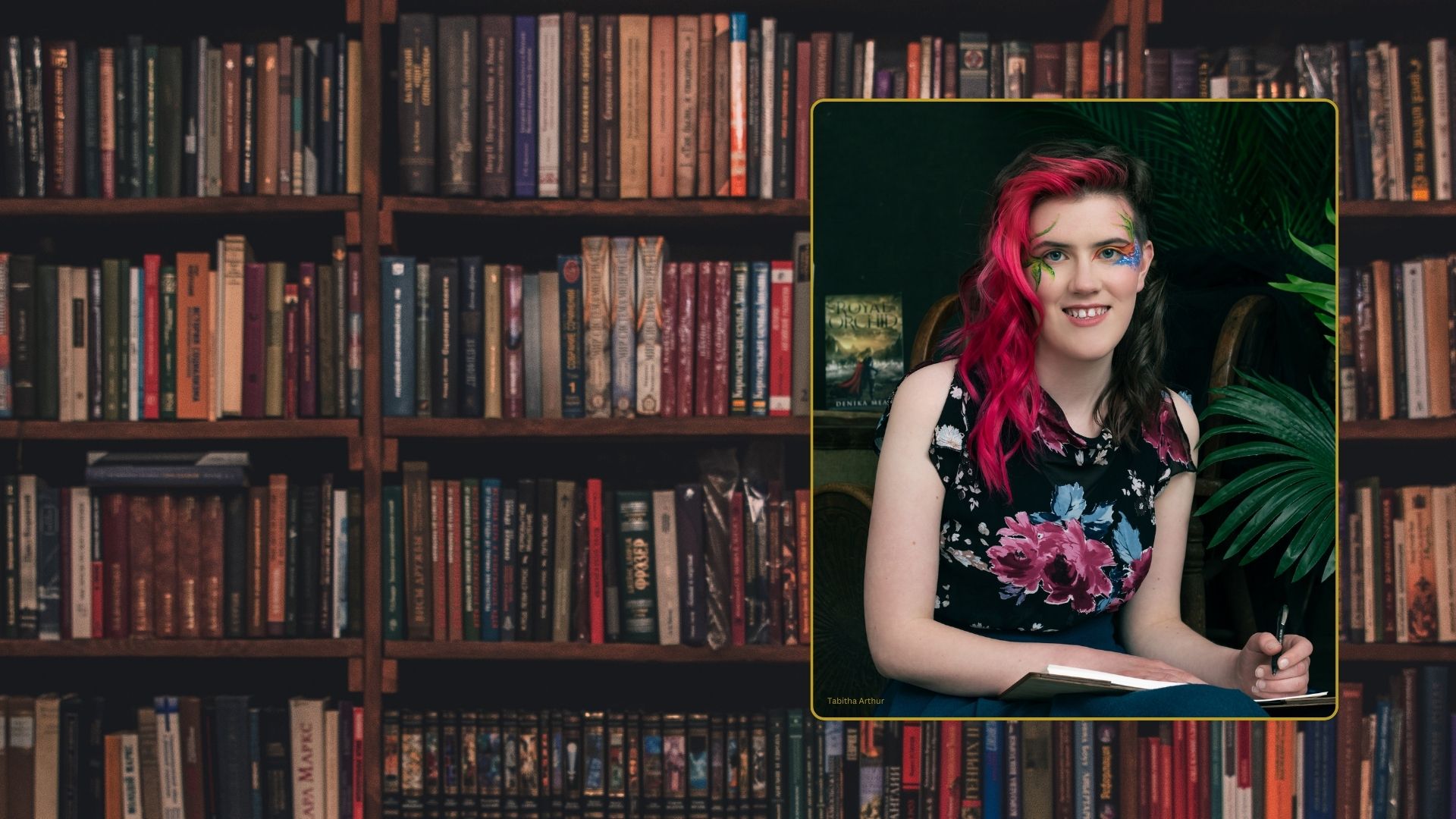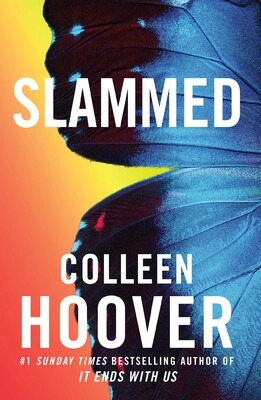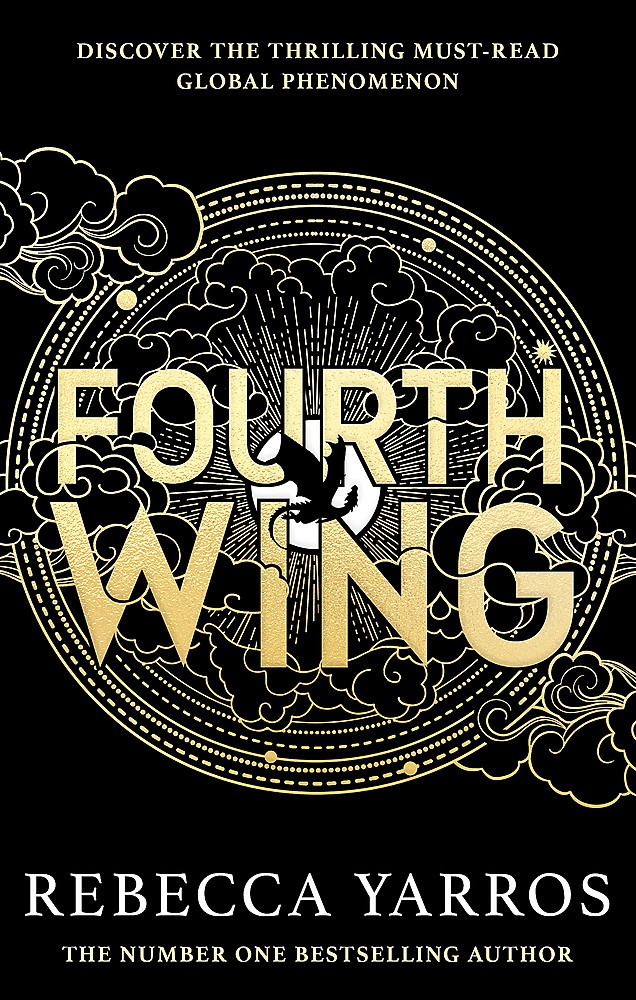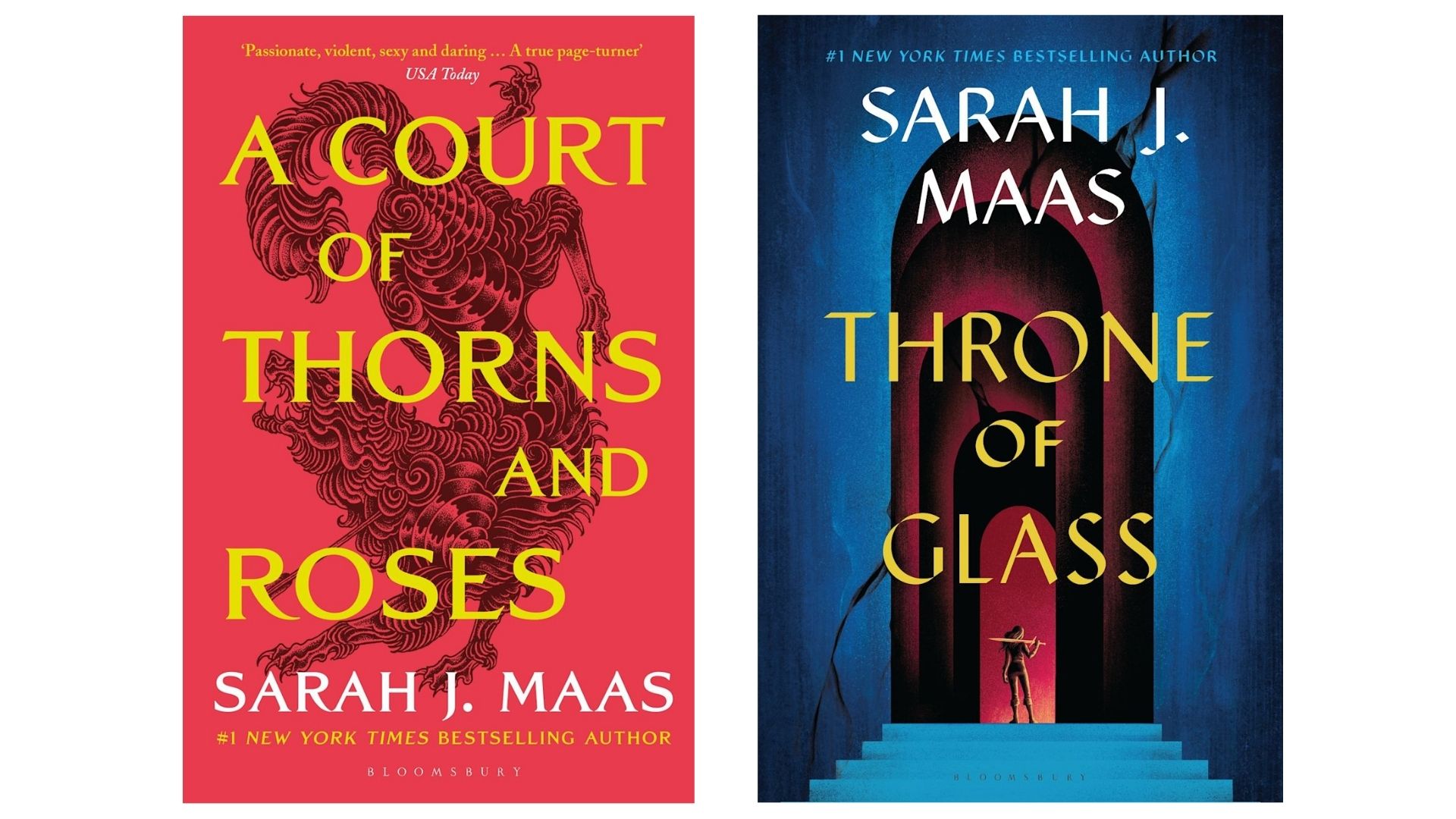Denika Mead recently researched and presented a seminar on the emergence of the ‘new adult’ age category for fiction as part of her studies for the Whitireia Graduate Diploma in Publishing. Here, she asks and explains ‘What is new adult and why has it emerged?’

‘I’m officially an adult, now what?’
Cora Carmack, new adult writer, 2014
The term ‘new adult’ was coined by St. Martin’s Press back in 2009 when they ran a competition for fiction with protagonists who were slightly older than YA. They described the age category as ‘… fiction similar to YA that can be published and marketed as adult—a sort of an older YA or new adult’. As Julie Naughton described in a 2014 article in Publishers Weekly, the category was picked up by self-published writers, before being adopted by major publishers around 2012. Wikipedia describes new adult as ‘a developing genre of fiction with protagonists in the 18–29 age bracket.’
Some popular examples of new adult titles include, Fourth Wing by Rebecca Yarros, Red, White and Royal Blue by Casey McQuiston, and Slammed by Colleen Hoover. All of these plots have strong romance threads, which is a significant theme that defines the new adult age range.
…a developing genre of fiction with protagonists in the 18–29 age bracket
One of the main aspects that differentiates new adult from YA, or young adult, is the age of the protagonists. In YA, characters tend to be mid-teens, around the same age as the readers. They are often dealing with teen angst, early relationships, high school—challenges someone of that age would typically be facing.
In contrast, new adult focuses on characters who have just left that stage. Now they are entering the workforce, moving out of home, and navigating career choices. Many of these themes aren’t relevant to readers in their mid-teens. The intensity of violence and sex scenes are also heightened in new adult titles. So, while they are similar age categories, key differences set them apart.
In my research into this topic, I have talked to authors, booksellers, publishers, and industry experts. To begin each interview, I asked two questions: ‘Have you heard of new adult before?’ and ‘Do you think it’s a good idea?’.75% of people I interviewed had heard of new adult, but 25% hadn’t. 87% thought it was an important age category to have. Based on the anecdotal evidence I found during interviews it appears that Aotearoa publishers don’t include new adult as an age classification category.
When I started digging deeper into age categories, I found that there isn’t a consensus in Aotearoa and overseas on how we classify what age books are targeted at.

Nielsen, which booksellers and librarians use to source title information, has categories for preschool, children, then young adult, and general adult. With this system, young adult is a huge age range that spans readers from 13 to 19 years old.
Book distributor Wheelers has narrow age categories in the younger years. It starts with 0–3 and continues to progress in three-year age brackets until YA, which is 13–17. Like Nielsen, this range is much broader than the younger years. You wouldn’t expect a 13-year-old to read the same books as a 17-year-old.
Jenny Nagle, Chief Executive of the New Zealand Society of Authors, believes YA is currently ‘two, if not three, age bands’. If this range was broken up, it could reflect the three-year age brackets that Wheelers use for younger ages. Jenny recalls that ‘YA has always been a challenge to categorise.’ As readers become teenagers, their time devoted to reading can become limited. Having a broad category for this age could be putting up more barriers as readers have to search the shelves for a specific type of novel hiding among titles that aren’t of interest to them.
…there isn’t a consensus in Aotearoa and overseas on how we classify what age books are targeted at.
From a bookseller’s perspective, Mary Fawcett, owner of Schrödinger’s Books in Petone, has concerns about potentially adding the new adult age category. ‘We’ve got children’s books, we’ve got young adult books, and then we’ve got adult books, and I think that’s kind of how it should be.’ She was concerned about the danger of ‘telling people that they can only read what’s in their age range.’
It’s interesting to think about how the category of young adult fiction emerged, because it’s relevant to how new adult is being treated now. YA came to be known around 1980. It was slow to be accepted, much like new adult is now. ‘… many librarians are acting like frightened ostriches,’ American school library pioneer Mary Kingsbury complained in a 1971 article in the Journal of Education for Librarianship. In a 2015 ‘Brief History of Young Adult Fiction’ journalist Erin Blakemore noted, ‘… librarians were turning away from a tide of literature about and for young adults.’ Jenny Nagle remembers, ‘When I was growing up, YA did not exist as a category.’ You just read children’s books and then adult books when you grew up. There’s definitely some pushback from the industry, including publishers, booksellers and authors about the emergence of new adult and whether it should be a valid category or not. This isn’t dissimilar to how YA was originally treated.
But if new adult isn’t a widely accepted age category, why has it emerged? The short answer is because there’s a high demand for it from readers. The Whitcoulls Top 100 is always a great indication of popularity and out of the top five titles in 2024, three of them fit the new adult criteria: A Court of Thorns and Roses and Throne of Glass by Sarah J Maas, and Rebecca Yarros’s Fourth Wing. Even though these titles might not be classified as new adult in bookstores and online, they fit the criteria and they’re right at the top of the charts.

A large portion of adults are seeking out books that have a similar feeling to YA but are more sophisticated and intense. Having a specific section for these books could make them more accessible for these readers. Jenny Hellen, Publishing Director at Allen & Unwin, noted that ‘People seem to want to be directed to what is appropriate or suitable.’ If you walk into a bookshop, you want to know where you’re going and where to find the books you’re looking for.
There’s still a lot of progress for this age category to make. However, writer and editor Erin Donohue believes that an older subsection of YA is coming into effect in Aotearoa, with recent titles tackling more intense issues. ‘There’s a more mainstream, older young adult section [now].’ While the YA category is currently trying to satisfy a huge range of readers, it might be easier to find the specific books these readers are after if the darker, more intense novels had an older section.
Everyone I talked to had different approaches when it came to the treatment of new adult titles. Mary Fawcett pointed out that there’s only so much real estate in a bookshop to go around. If you made another category, you’d need another shelf, and it would add up very quickly. Bookstores rely on the knowledge of their staff to guide customers to the right book.
Self publishing consultant Christine Anne Borra, of Yourbooks, pointed out that age classifications for fiction can be ‘a warning for parents.’ New adult may be best served for marketing as lots of books aren’t purchased by the reader, but rather by relatives and friends. If a relative is looking for a suitable book for a teen, it’s important that they can find an age appropriate book for the person they’re looking for.
… there’s still a perception that new adult titles are just YA with more sex.
Authors have varying thoughts about new adult. Eileen Merriman, whose latest book Catch a Falling Star won the YA category at the 2024 NZCYA awards, thought it was ‘slightly arbitrary’. If you start dividing fiction too much, you run the risk of losing readers. In contrast, New York Times bestselling author, Graci Kim, believes that adding more categories ‘seems like a natural progression, but we haven’t yet seen it come to fruition.’ Briar Lawry, a writer, reviewer, high school teacher and former Sapling editor, agreed. ‘If it [new adult] has people sticking with reading, or coming back to reading, then that has value to me.’
Despite its popularity, there’s still a perception that new adult titles are just YA with more sex. This bias can make new adult titles difficult to shelve and sell in bookstores. So, while having a separate category for new adult could help people find the books they want, it could also have a negative impact, depending on each person’s perception of the category.
If we compare book publishing to movies and TV, the contrast between the strict age limitations on screen (from general and PG through to R-rated movies) and the book industry (if these movies were books, they could currently be marketed to the same readers and shelved side by side) is stark. I want to say upfront that I do not believe in censorship of books! I definitely do not believe there should be laws to enforce what kinds of books people can read, but it is interesting to think of the reason movies are so strict while books are not.

Mary Fawcett made the interesting point that readers will buy what they can find. Publishers market what sells well and then continue to publish more of the types of titles that do well. This leads to the trends we see in what is popular. Currently that trend appears to be new adult fiction, with Romantasy novels being right at the top of the bestsellers lists.
I am left with conflicting opinions. It could be easier for books to find readers with the creation of new adult sections because people would know exactly where to go when looking for a book in physical and online stores, just like if they were searching for a middle grade or adult novel.
The new adult category is doing incredibly well and isn’t showing signs of slowing. It’s a trend that booksellers, publishers, and authors can take advantage of. However, it can be too prescriptive. Readers could feel like they can’t venture beyond the section dedicated to their age, or shouldn’t be buying books intended for younger readers, and it could limit what books they feel are available to them.
I believe that the new adult classification is most useful from an author and marketing perspective so writers and marketing departments can bear in mind exactly who each book is for and what level the language, violence, and intensity should be. But that depends on the process of each author, publisher and marketer.
So, what’s the future? New adult has been around for several years already. It’s present but isn’t well known yet. However, the success of titles that fit the criteria shows it’s a booming market and should be taken seriously as a category for fiction. It hasn’t emerged by coincidence; it is here because it’s selling well and there’s a demand for it. Or, as writer Chelsea M Cameron wrote in a recent Publishers Weekly article; ‘And so the New Adult category flourished and everyone lived happily ever after!’.

Denika Mead
Denika Mead is 21 and lives in Wellington, New Zealand. She has an unrelenting passion for fantasy and dystopian writing. She is the author of the 'Royal Orchid'and 'Agents of TIME'series and has just completed the Graduate Diploma in Publishing at Whitireia. She also runs creative writing classes for children. Find out more at her website,denikameadauthor.com.
Photo credit: Tabitha Arthur Photography



